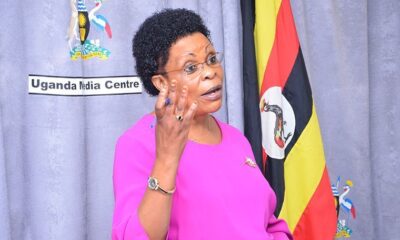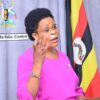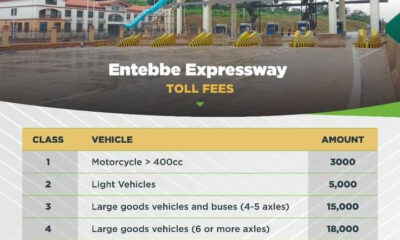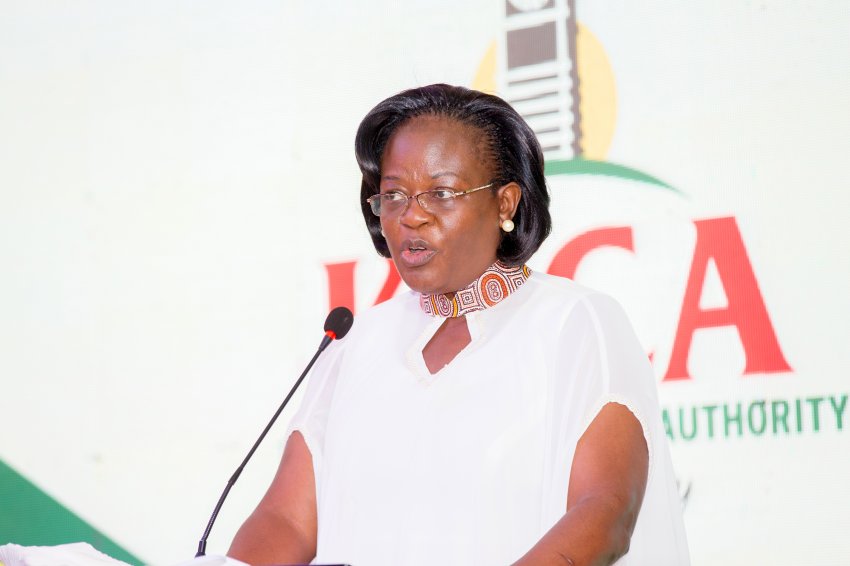Letters
Inching closer towards a transformative global agenda for development
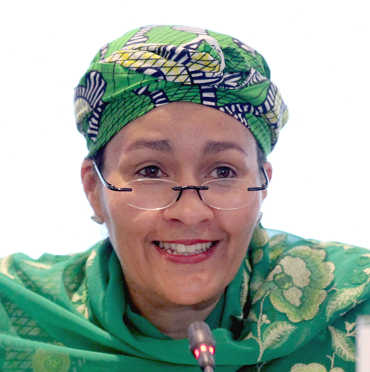
While the debate on the new development agenda is yet to be concluded and the proposal for sustainable development goals is only one part of a larger package to be agreed in September 2015, it is worth pausing to reflect on what so many different Member States were able to accomplish together last week. In many respects, this is a unique and first-of-its-kind outcome, both in terms of what was discussed and how the discussions were conducted.
The breadth and depth of the proposed set of goals is unprecedented. Taken in their totality, they reflect an integrated, universal and transformative agenda, which builds and expands on the lessons learned from the MDGs to address the many and interlinked challenges the world faces today. In a remarkable shift to a universal agenda, goal 1 commits countries to eradicate extreme poverty for everyone everywhere, with special attention to those living with disabilities, the aged and our youth. In addition to reinforcing the commitment to the human development agenda of the unfinished work of the MDGs, the report breaks new ground with goals on inequalities, economic growth, jobs, urbanization, energy, and sustainable consumption and production, including a target to address fossil fuel subsidies. Filling a notable gap in the MDG framework, the environmental dimension of the agenda is properly articulated in goals on oceans and marine resources, and on ecosystems and biodiversity. Against the expectations of many, the report also includes a goal on climate change –while avoiding to interfere with the separate ongoing UNFCCC negotiations. Finally the framework is underpinned with a goal on promoting peace, justice and institutions and another on global partnerships for the means of implementation of a sustainable development agenda.
While the UN is often keen to stress legitimacy and representation, it remains an organization of sovereign Member States and often its own rules and procedures allow for limited representation of other stakeholders. Therefore, equally important was the way the discussions were conducted, and who took part. Unlike the MDGs, which, legend has it, were drafted by a few insiders in the proverbial dark, smoked-filled room somewhere in the UN building’s basement, the sustainable development goals emerged from an open and inclusive consultative process. This time it was different. It is to the credit of the Open Working Group and its Co-Chairs from Kenya and Hungary, that all stakeholders including Civil Society Organizations, the private sector and the scientific and academic communities, and notably the youth among others, all had a voice in the discussion and were able to participate actively, including in the formal sessions of the Group. This is a remarkable departure from UN business as usual, and one that constitutes a precedent from which it will be difficult to regress.
As expected in view of the number and nature of the issues considered, not all was agreed. Many contentious issues remain for further discussion as the intergovernmental process begins later in the year. But already the outcome of the Open Working Group and its proposed set of ambitious goals and targets is a success. Much political capital and expertise were injected in the discussions and reflected in the proposed set. Much common ground was found, even when starting positions appeared irreconcilable. Clearly, the litmus test for the goals and targets will be their implementation at the country-level, and I look forward to the day when I will be back in my native Nigeria to help turn ambitions into reality, leaving no one behind.
At a time of widespread international crises and growing conflicts, this outcome of the Open Working Groups offers a hopeful sign that multilateralism is as vibrant and productive on some fronts as we need it to be on others, and that it is still possible, through courageous leadership and open dialogue amongst all parties, to aspire to a better world, for people and planet.
Comments



